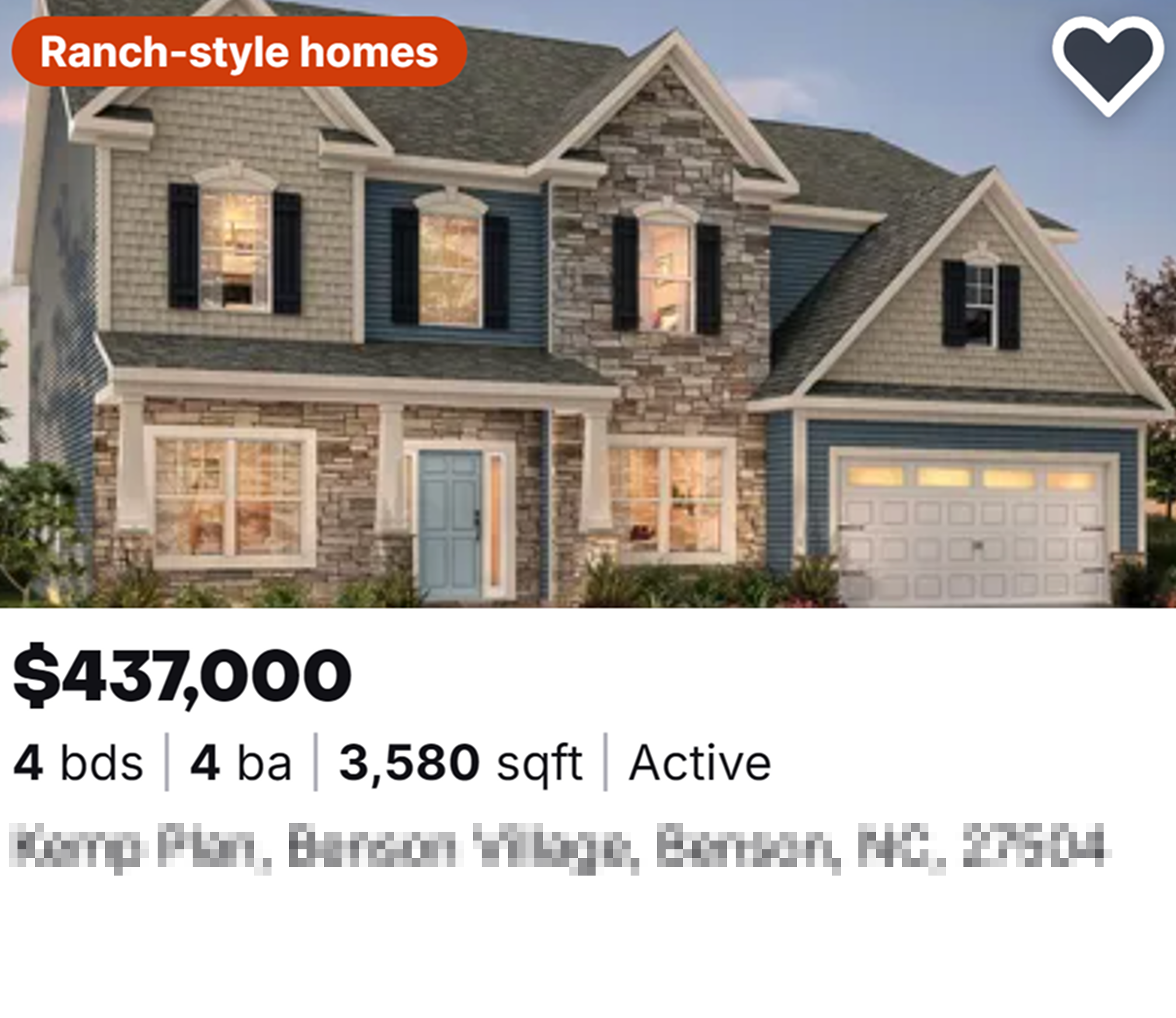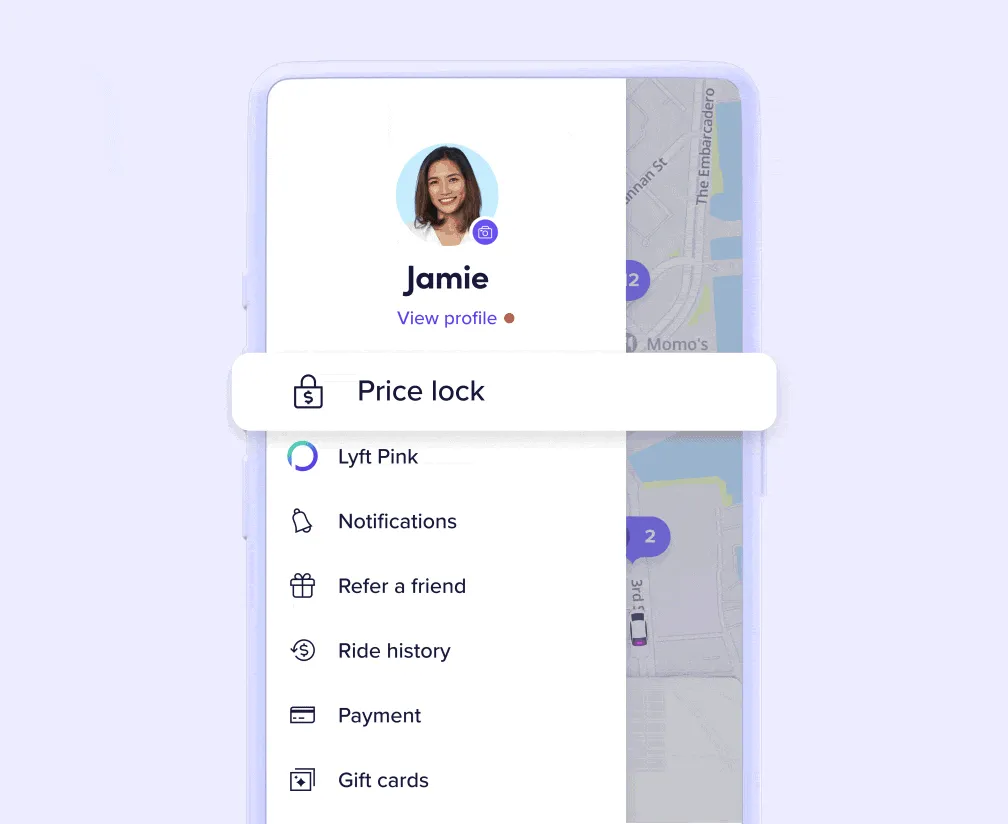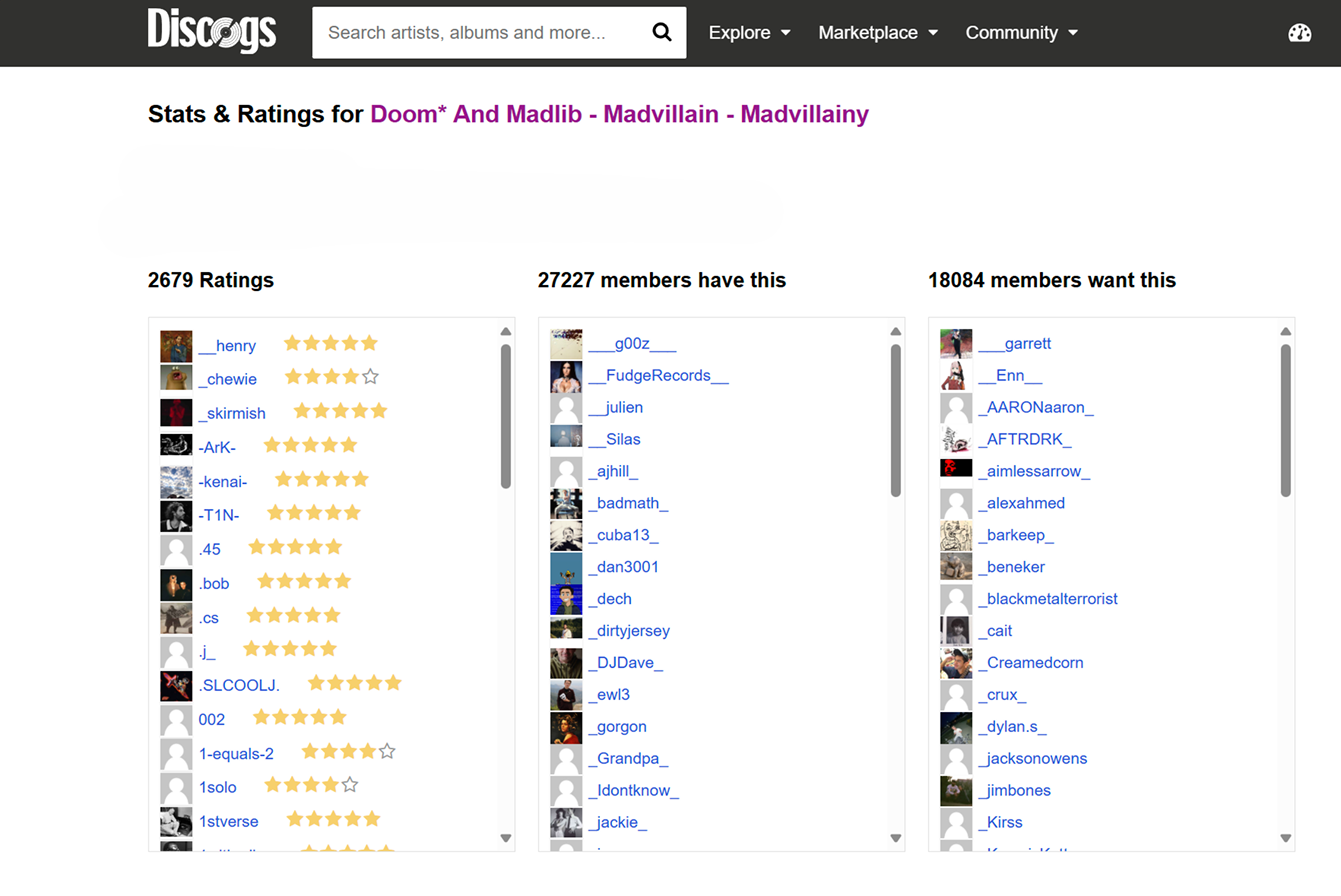Every two-sided marketplace faces the chicken-or-the egg problem. It's a paradox where sellers won't join the marketplace without sufficient buyers, while buyers won't join without sufficient inventory from sellers, making initial growth challenging.
The key to solving this problem is to focus on creating an engaging shopping experience for buyers that keeps them browsing and returning to the app, even before there is a critical mass of sellers. One way to do this is by offering inventory notifications to buyers.
For example, back-in-stock alerts are just one type of inventory notification, and it is the highest performing email a marketplace can send:
“Back-in-stock messages perform exceptionally well compared to their email marketing counterparts. Their 60 percent open rate is higher than any other marketing email, with a conversion rate of 5.8 percent - more than double that of welcome messages, the second-best automated email."
Below we will explore examples of inventory notifications from successful marketplace apps, how product managers can design these notifications, and how developers can overcome the complexity of deploying and scaling these experiences.
Marketplaces that grew with inventory notifications
Let's look at four examples of marketplaces that have used inventory notifications to create engagement and grow.
Ebay's watch list
eBay is the grandfather of creating addictive shopping experiences for buyers. Product pages include four options:
- Buy it now
- Add to cart
- Make offer
- Add to watchlist
For buyers, eBay's watch list allows them to save and track items they're interested in, receiving notifications about price changes and the time remaining before auctions end. For sellers, watched items provide valuable data about potential buyer interest and can help inform pricing and listing strategies.
It's likely that a magnitude more users add items to a watchlist than buy or bid on it. So, these inventory notifications are a key part of how eBay keeps buyers engaged.
Zillow's saved homes
Zillow's app enables buyers to take immediate action and request a tour of a home that's listed for sale. But most of Zillow's inventory is not for sale. For both of these types of listings Zillow gives users the option to favorite a home and save it to their profile by clicking a heart icon.
These homes can then be viewed in the "Saved Homes" section of the user's profile. Zillow then sends email updates on the status changes, price adjustments, or when an open house is scheduled for the home.

Zillow's sticky browsing experience has been called addictive, so much so that it has been parodied by Saturday Night Live.
Lyft's price lock
In 2024 Lyft announced a new feature, "price lock" to help riders control what they pay even when there is surge pricing in effect in their area. This solves an inventory problem for Lyft users.
For riders, Lyft's price lock feature allows them to pre-schedule rides within a one-hour window for specific routes, receiving notifications when inventory (in this case a driver) becomes available. For drivers, the system sends notifications about potential ride opportunities during these pre-scheduled windows, helping match supply with anticipated demand.

Lyft explained to the press that the goal of price lock is to create more engagement and loyalty in Lyft's ride sharing marketplace. As reported, "35% of its riders are commuters who aren't loyal to its platform, in part because the cost of rides has historically fluctuated so much."
Lyft is using these inventory alerts to create daily, recurring users of their service.
Discogs' wantlist
Discogs is a music marketplace, but also a tool for music fans and record collectors, offering resources to explore artist discographies and to organize music collections.
One of the most popular tools they provide is the Wantlist. This inventory notification feature allows fans to track the music they want to add to their collections and receive notifications when items they want are listed for sale in Discogs' marketplace.

The wantlist enables Discogs to offer a catalogue of rare items, even when there is no seller yet to satisfy a sale. If a vendor wants to offer a product, they can check an item's Wantlist first to see if there is demand. When the vendor lists the product, all of the fans who added the item to their wantlist will be notified.
Discogs uses these inventory notifications to provide an engaging experience for both buyers and sellers in their marketplace.
Design engaging inventory notifications
If the product or service in a marketplace has sufficient supply and demand, then inventory notifications would not be much of a benefit to buyers or sellers. However, items that have natural or designed scarcity are a good fit for sending contextual notifications to buyers.
Marketplace product managers and engineers should craft inventory notifications based on three types of overlapping scarcity:
1. Natural limited availability
This includes time-sensitive inventory where availability has a natural expiration, like event tickets, seasonal products, or perishable goods. The scarcity comes from a fixed window of usefulness or quantity.
Notifications should emphasize the remaining time window ("Only 2 days left to get tickets") and create urgency by showing declining availability ("Less than 50 tickets remaining").
2. Time-based offers
These items require immediate action due to exclusive access or flash-sale mechanics created by the vendor or marketplace. Examples of this are discounts for pre-release products or limited-time deals. The scarcity comes from high-pressure purchase situations where hesitation means missing out.
Notifications should create action-driving urgency and use clear countdown mechanics ("Sale ends in 2 hours").
3. Rare supply
These products are genuinely scarce or one-of-a-kind, like vintage items, collectibles, or unique pre-owned goods. The scarcity comes from limited total supply rather than natural or manufactured time-based pressure.
Notifications should emphasize uniqueness ("Only one available - won't be restocked").
Engineering inventory notifications is challenging
Inventory notifications are effective for companies like eBay, Lyft, Zillow, and Discogs yet not every marketplace offers them. This is because the engineering complexity of building reliable notifications for a marketplace is a blocker.
First an engineering team needs to design and maintain a scalable publish/subscribe system that can handle unpredictable bursts of activity without overloading servers or message queues.
Next, engineers must carefully model which users should receive notifications based on their subscriptions, but also their notification preferences. This becomes exponentially more complex as the marketplace grows.
Every notification in a marketplace can lead to a happy sale or a frustrated unsubscribe. So, these systems need sophisticated logic to avoid duplicate or spammy notifications, while ensuring no important messages are missed. This means engineers must develop a system with advanced scheduling and throttling rules.
Knock makes running inventory notifications easy
Marketplaces like Discogs use Knock to power transactional notifications, including inventory alerts.
With Knock a marketplace can enable users to subscribe to an object that represents an inventory event. When the event happens, the app can trigger a workflow that sends notifications to every subscriber.
Knock makes this setup simple with a concept called Subscriptions. With subscriptions you can model lists of users, then notify all users in that list with a single API call.
When you notify a list, Knock handles the efficient, concurrent fan out to all users subscribed to that list, making it possible to build lists of subscribers that can notify tens or hundreds of thousands of users.
Subscriptions are a powerful way for a marketplace to offload to Knock the responsibility of who should be notified. You can use subscriptions to power the inventory notification use cases we detailed above, without having to have engineers become experts in pub/sub modeling or manage infrastructure.
Read more about Knock's Subscriptions and signup here to get started for free.